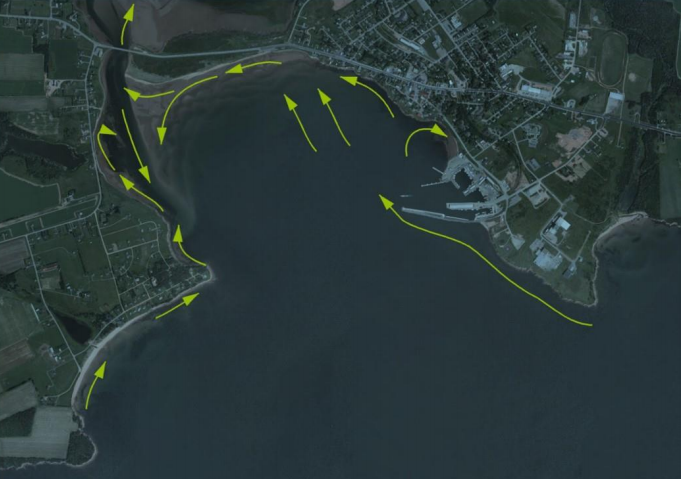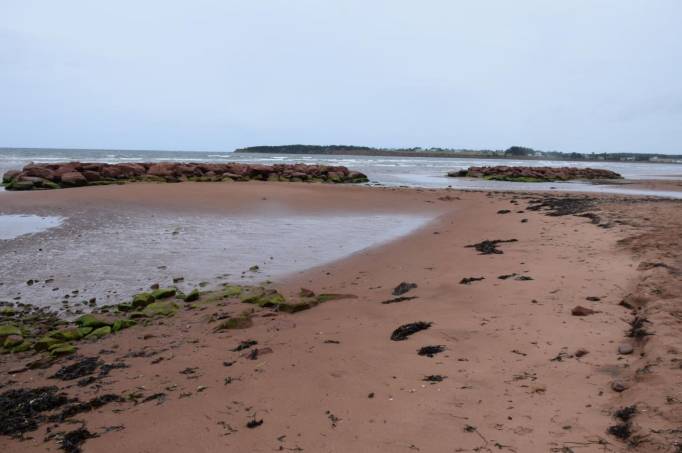Understanding and Assessing Impacts
Shoreline erosion and relative sea level rise are increasing the risk of flooding and storm damage to Highway 2 as it approaches the Town of Souris in PEI. Climate change with the associated rising sea levels, reduced ice cover and changing storm patterns threaten to exacerbate this problem. The risk of flooding and temporary closure of Highway 2 at this location will increase over time. These considerations, along with the erosion and inundation observed during the 2016 storms, led to a decision by the Province to protect the highway. With increasing concern over the effects of climate change, there is an increased interest in developing durable, resilient shore protection works. Various approaches have been used to protect the causeway infrastructure including Gabion baskets, armourstone, and a timber crib and steel pile wall. These efforts have supported local economic growth, such as the expansion of the Souris Beach Gateway Park, new commercial outlets and a playground. Traditional armouring approaches, however, require periodic and sometimes costly maintenance over the long term. In some situations, this armouring approach can also accelerate erosion and deplete a beach of valuable sand. With that in mind, a project to implement a naturalized infrastructure installation in PEI was initiated in 2018. Two intertidal reefs were designed by the provincial government to increase the resilience of the beach and dune system while protecting the causeway and park infrastructure

